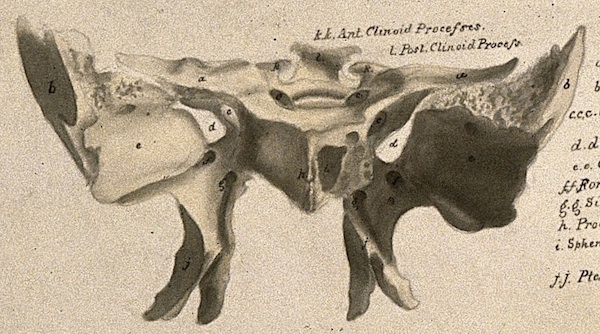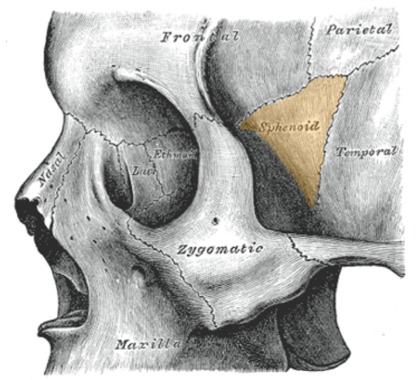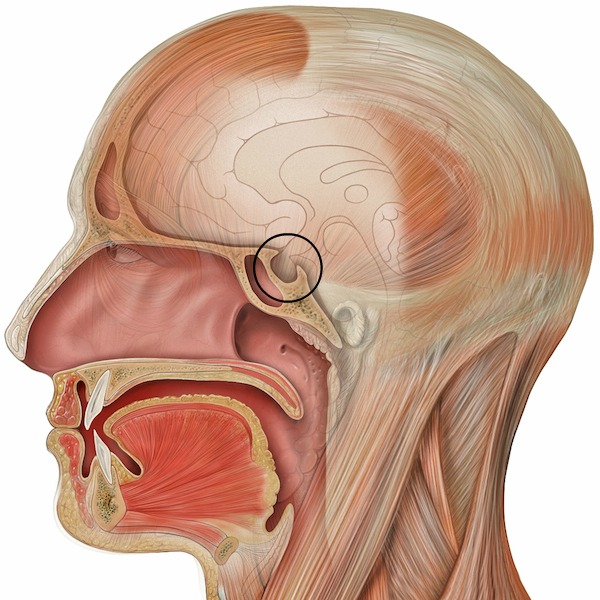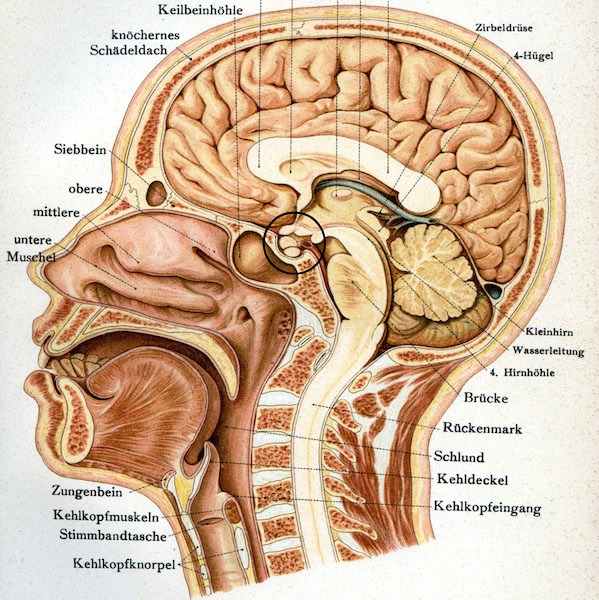The voice needs a core. I’ve always thought of this core as a pointy little sound that happens somewhere in the middle of my head. One can, of course (and should), build something bigger around this core, but first the voice needs a steady hearth to live by. As famed vocal pedagogue Giovanni Lamperti put it:
Not until the focus of voice is like a fixed star in your head, kept in position by the powers inside and outside your body, can you sing1.
Finding this core to the sound is part of the process of developing resonance, and like many aspects of vocal technique, involves improving your ability to perceive — to feel — what is going on in your body.
One of the relevant areas is the soft palate, the part of the roof of your mouth behind the bony hard palate. This area moves a lot during phonation, and there is generally much talk about what you should be doing with it while singing. I have no intention of addressing the issue here. Instead, I want to talk about using the sensation of vibration in the bone above the soft palate as a meditation for resonance.
Some weeks ago, I talked about the idea of movement between the different bones of the skull, specifically looking at the maxilla, which holds the upper teeth, and forms most of the hard palate. Today’s bone-for-reflection, which hovers above the soft palate and the nasopharynx, is arguably the most beautifully-shaped bone in the body: the sphenoid.

Most of the surfaces of the sphenoid are inaccessible to touch. We can feel its greater wings at the temples, just behind the outer edges of the eye sockets:

(We can also touch its insect-leg-like hamular process inside the mouth, but you’ll have to ask your friendly craniosacral therapist for help with that one.)
The part of the sphenoid I want to focus on for the moment is a structure which lies directly above the soft palate called the sella turcica, and yes, that means “Turkish saddle.” It’s a cradle of bone on the inside floor of the skull which rocks the pituitary gland.

And because you should never look at just one anatomical illustration if you can look at five, I offer three public-domain images showing the location of the sella turcica in a sagittal view of the head (get thee to the interwebs if you want to find more).
This first image is from the ubiquitous Gray’s Anatomy. The sella turcica is circled, and labeled “Hypophisis” by the illustrator. Hypophisis is another word for the pituitary gland, which rests in the bony cradle.

In this second illustration by Patrick Lynch (made in collaboration with Carl Jaffe, MD, cardiologist), we can see the pituitary hanging down into the sella turcica. Note the structure’s position relative to the soft palate and oropharynx.

This third image is from a 1910 German Anatomy Textbook, Der ärztliche Ratgeber in Bild und Wort. Atlas und Hausbuch für Gesunde und Kranke. Here, you can also see the pituitary, looking like a couple of little eggs nestled into the Turkish saddle.

I like to think of vibrating the sella turcica, because for me the sensation of vibration in the area brings more awareness to the soft palate.
- To help imagine its location, place your finger at the top of your nose, at the bottom of the forehead. This is roughly the level of the sella turcica. Imagine a line going straight back from here.
- Find the outside edges of your eye sockets. Move your fingers back from here about an inch. Your fingers will now be on your temples, perhaps in the vicinity of your hairline (unless, like me, you’re bald). Imagine a line going through your skull, between your fingers. This line intersects the sella turcica
- Move your fingers back and forth between these two imaginary lines. Can you visualize where they intersect? As you do this, hum or sing a soft note, making sure you try different pitches and registers. Can you feel vibration in this area?
Give it try! Perhaps while you’re practicing your Vocal Function Exercises!